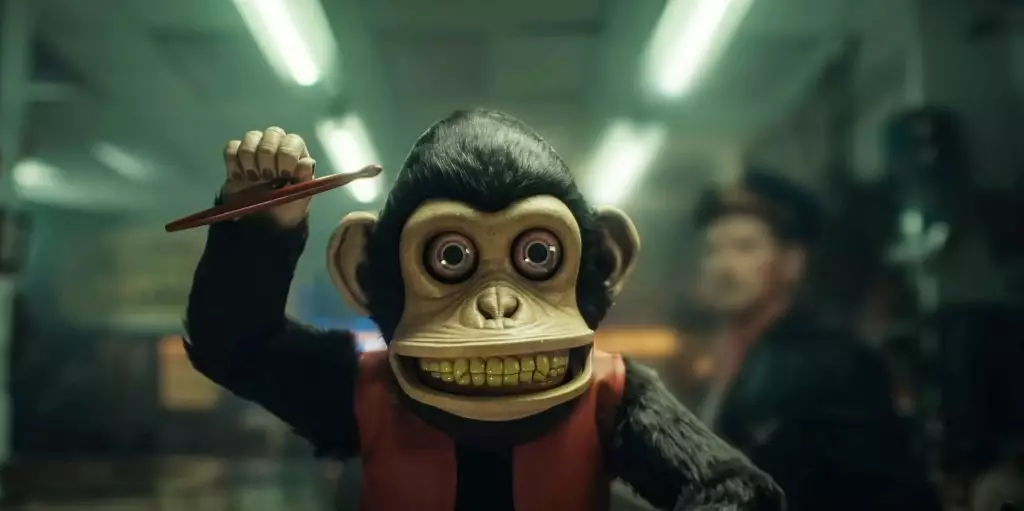As the horror film landscape continues to evolve, Neon’s latest release, The Monkey, is shaping up to become a standout entry for the year. The film, directed by Oz Perkins, is expected to achieve a remarkable opening weekend, estimated to be between $12 million and $14 million following a strong $1.9 million in preview screenings. This financial performance not only positions The Monkey as a contender for the best horror opening of the year but also highlights Neon’s adeptness in marketing their films effectively.
The figures emerging from The Monkey’s early box office performance can be contextualized against Neon’s previous success with Longlegs, which garnered $3 million in previews and a $22.4 million opening weekend. Consequently, The Monkey’s previews stand as the second-best for the distributor, suggesting a robust potential for sustained interest. Worth noting is the competitive landscape of horror films released recently; despite a strong showing, The Monkey’s previews slightly outperformed New Line’s Companion, which managed a solid $9.3 million opening after $1.7 million in previews.
What makes The Monkey particularly intriguing is that prior to its release, the film’s marketing strategy differed from that of Longlegs. While the marketing campaign for Longlegs famously concealed critical plot points through clever YouTube promotions, The Monkey has deployed a more conventional and omnipresent approach. Promotional materials featuring large monkey figures and dynamic visuals have saturated various platforms, creating substantial visibility and encouraging audiences to partake in the horror experience.
Understanding audience engagement is vital in assessing The Monkey’s early reception. Data from Comscore and Screen Engine illustrate that individuals aged 18-34 comprised 63% of the attendees for the preview showings that began at 7 PM last night. This trend underscores the film’s appeal to younger demographics, often a crucial age group for horror films. Moreover, interest according to Quorum analytics indicates a minor dip compared to previous Neon titles, suggesting that while awareness remains high, it is essential to align marketing strategies to convert curiosity into ticket sales effectively.
The public sentiment surrounding The Monkey is reflected in its ratings as well. With a 73% audience score on Rotten Tomatoes and a solid 80% critical score, the film appears to resonate well with both viewers and critics alike. Such favorable reviews signal the potential for positive word-of-mouth, which could further bolster its standing at the box office in subsequent weeks.
The excitement surrounding The Monkey extends beyond mere box office fates; it is emblematic of Neon’s growing influence within the industry. The studio has recently enjoyed a wave of acclaim, with its film Anora receiving recognition at the Cannes Film Festival and slated for multiple nominations at the Film Independent Spirit Awards. This momentum could elevate Neon’s profile and could lead to greater openings for its future projects, particularly if Anora garners significant recognition at award ceremonies.
Within this competitive film market, The Monkey also faces the challenge of established films such as Captain America: Brave New World, which has already earned an impressive $113 million in its first week. A perennial heavyweight in cinema, Marvel’s latest offering serves as a significant counterbalance to The Monkey’s momentum. As traditional genre films continue to vie for box office dollars against superhero epics, shifts in audience preferences and generational tastes will dictate which films can truly thrive.
As Neon positions The Monkey to capture both market share and audience engagement, it stands at an intersection of trends that could redefine the horror film genre’s box office trajectory this year. By analyzing its release strategy alongside emerging audience dynamics and industry competition, a clearer picture of what defines success in this segment becomes evident. Moving forward, the industry as a whole will likely continue to adapt, seeking innovative ways to captivate and retain audience interest in an ever-expanding array of cinematic offerings.

